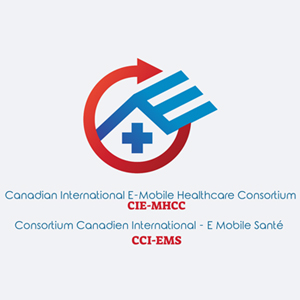


Voici certains de nos sites web favoris…
- www.iadr.com
- www.cda-adc.ca
- www.fixedprosthodontics.org
- www.odq.qc.ca
- www.cardp.ca
- www.prosthodontics.ca
- www.fdiworldental.org
- www.who.int
Milled Bars for Implant-supported Prostheses/ Barres usinés pour prothèses implanto-portées
N.Tardif, H. Gaucher
Canadian Journal of Restorative Dentistry and Prosthodontics/Journal canadien de dentisterie restauratrice et de prosthodontie, Vol, 3-2; Spring/printemps 2010
The Effects of Different Surface Treatments on the Bond Strenght of Two Esthetic Post Systems
B. Akkayan, B. Sahin, H. Gaucher
Canadian Journal of Restoratice Dentistry and Prosthodontics, Vol 2-3, p.22-29 Summer 2009
Renseignments utiles
L’ICRD commandite une série de conférences en Turquie, au printemps 2008, ayant comme sujet: « Les procédures non invasives en dentisterie restauratrice ».
Influence of ceramic thickness and polymerization mode of a resin luting agent on early bond strength and durability with a lithium disilicate–based ceramic system
Akgungor G, Akkayan B, Gaucher H
Abstract | Full Text | PDF (222 KB)
Journal of Prosthetic Dentistry; September 2005
(Vol 94, Issue 3)
Étude multicentrique sur les implants Osseotite comme supports aux prothèses mandibulaires:
Rapport après 3 ans
• Hubert Gaucher, DDS, MScD •
• Kenneth Bentley, MD, DDS •
• Serge Roy, DMD, MScD •
• Timothy Head, DDS, FRCD(C) •
• John Blomfield, DDS, MScD, FRCD(C) •
• François Blondeau, DMD, FRCD(C) •
• Lynda Nicholson, DMD, MSc •
• Antoine Chehade, DDS, M.Sc., FRCD(C) •
• Normand Tardif, DDS, MScD •
• Richard Emery, DDS, FRCD(C) •
Sommaire
La présente étude fut menée pour évaluer le rendement de l’implant Osseotite (Implant Innovations, 3i) dans l’arcade mandibulaire. On a posé des implants Osseotite (n = 688) chez 172 patients; 43,5 % ont été placés dans la mandibule antérieure; et 66,5 % dans la mandibule postérieure. Quinze pour cent des implants ont été placés dans l’os mou, 56,9 % dans l’os normal et 28,1 % dans l’os dense. Au moment de la pose, on a observé que 49,9 % des implants présentaient un ajustage serré, 48,6 % un ajustage ferme et 1,5 % un ajustage lâche. Environ le tiers des implants (32,4 %) étaient courts (10 mm ou moins de longueur). Seulement 5 implants ont été perdus après 36 mois, soit un taux de réussite cumulatif de 99,3 %. Les résultats de cette étude après 3 ans indiquent une grande prévisibilité des résultats de la pose d’implants Osseotite dans l’arc mandibulaire.
Mots Clés MeSH: dental implantation, endosseous/methods; dental implants; dental prosthesis design; mandible
© J Can Dent Assoc 2001; 67(9):528-33
Cet article a fait l’object d’une révision par des pairs
